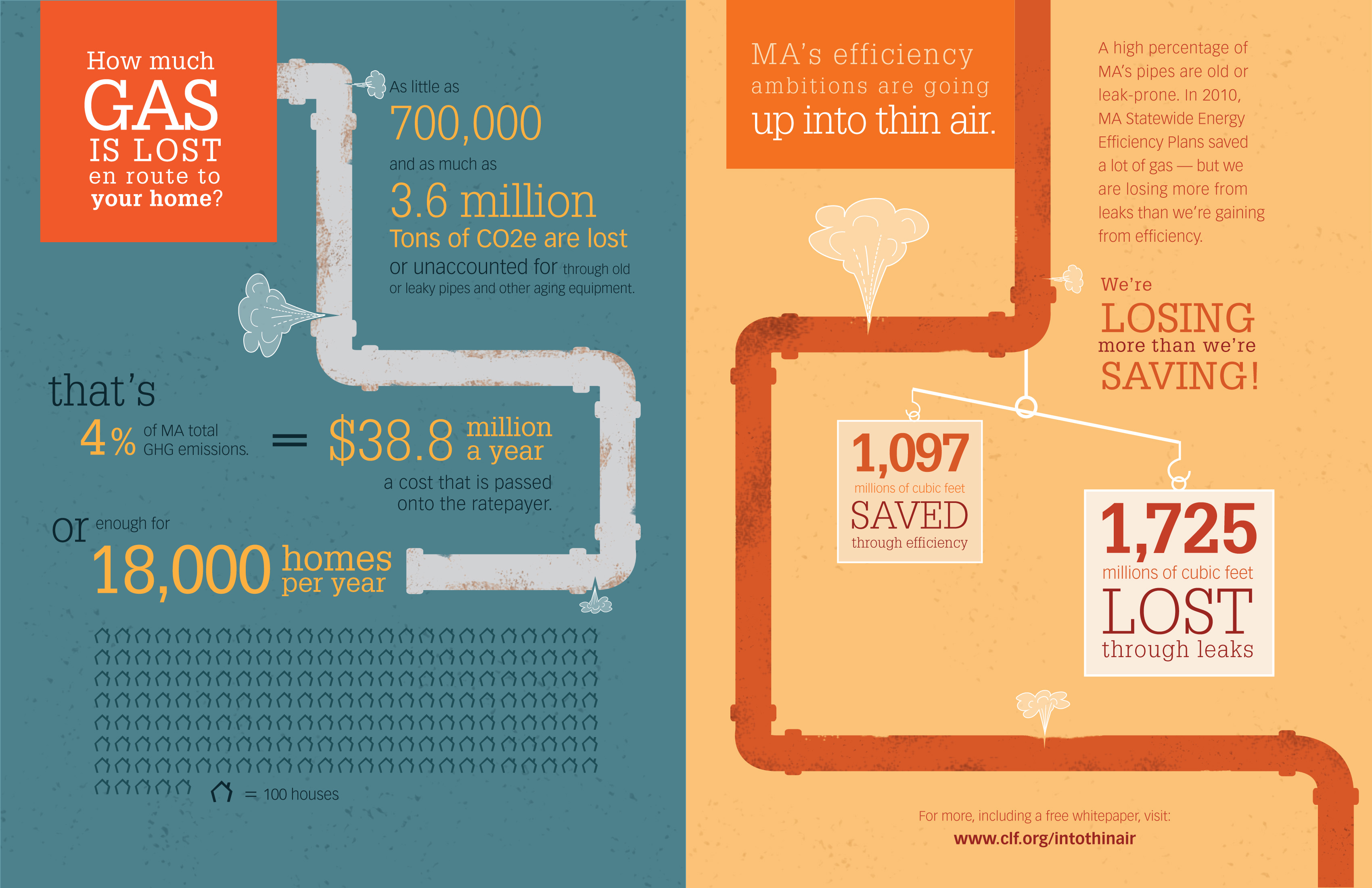The Feature Of Roof Air Flow In Guaranteeing A Successful Installation
The Feature Of Roof Air Flow In Guaranteeing A Successful Installation
Blog Article
Short Article Written By-Byrne Vogel
When you're tackling a roof project, you might not assume much about roof covering air flow, yet it's more essential than you recognize. Effective air flow aids regulate temperature level and wetness in your attic room, preventing troubles like mold and structural damage. By comprehending how to create and mount a well balanced ventilation system, you can improve energy efficiency and prolong the lifespan of your roof products. So, what are the crucial factors to think about throughout installation that can make all the difference?
Value of Roof Covering Air Flow
Roofing ventilation plays a critical function in preserving the total wellness of your home. By permitting fresh air to circulate through your attic, it aids regulate temperature and moisture degrees. This balance is necessary to prevent warmth accumulation during hot months, which can cause raised energy expenses as your cooling burns the midnight oil.
Moreover, appropriate air flow substantially decreases the risk of moisture-related concerns like mold and mildew and mildew. If humidity degrees increase, your home's architectural integrity can be jeopardized, resulting in pricey repair work. You wouldn't wish to handle deteriorating timber or deformed roofing products, right?
In addition, appropriate ventilation prolongs the life expectancy of your roof. When heat and moisture are kept in check, your roofing can execute efficiently, preventing premature damage. This implies less migraines and costs down the line.
How Roofing System Air Flow Works
Effective roofing system air flow counts on the all-natural motion of air to develop a balance between consumption and exhaust. When you set up vents, you're essentially enabling fresh air to enter your attic while making it possible for warm, stagnant air to escape. This procedure helps regulate temperature and wetness levels, preventing issues like mold and mildew development and roof covering damages.
Intake vents, typically located at the eaves, attract amazing air from outside. At the same time, exhaust vents, located near the ridge of the roofing, let hot air increase and departure. The distinction in temperature creates a natural airflow, referred to as the pile impact. As cozy air increases, it produces a vacuum cleaner that pulls in cooler air from the reduced vents.
To optimize this system, you need to make sure that the intake and exhaust vents are correctly sized and positioned. If best roofer in san antonio is restricted, you will not achieve the desired ventilation.
Similarly, not enough exhaust can catch heat and dampness, leading to possible damages.
Trick Installment Considerations
When installing roof covering ventilation, several vital factors to consider can make or break your system's performance. First, you require to evaluate your roof's layout. The pitch, shape, and products all influence air flow and air flow option. Ensure to pick vents that match your roof covering type and neighborhood climate problems.
Next, think about the positioning of your vents. Preferably, you'll desire a well balanced system with intake and exhaust vents positioned for optimum air flow. roof inspection san antonio on the roofing system and exhaust vents near the optimal to encourage a natural flow of air. This arrangement helps prevent wetness build-up and promotes energy performance.
Do not ignore insulation. Appropriate insulation in your attic stops heat from getting away and keeps your home comfy. Guarantee that insulation doesn't obstruct your vents, as this can prevent air flow.
Last but not least, consider upkeep. Select ventilation systems that are very easy to accessibility for cleaning and evaluation. Routine upkeep guarantees your system continues to function efficiently gradually.
Final thought
Finally, roof covering ventilation is vital for a successful installation. By making certain appropriate airflow, you can avoid warmth build-up and dampness issues that cause pricey damage. When you tactically position intake and exhaust vents, you improve power performance and lengthen the lifespan of your roofing system. Bear in mind, a well-ventilated roofing not just safeguards your investment but also enhances your indoor air top quality. So, prioritize ventilation to ensure a resistant and economical roof for your home.
